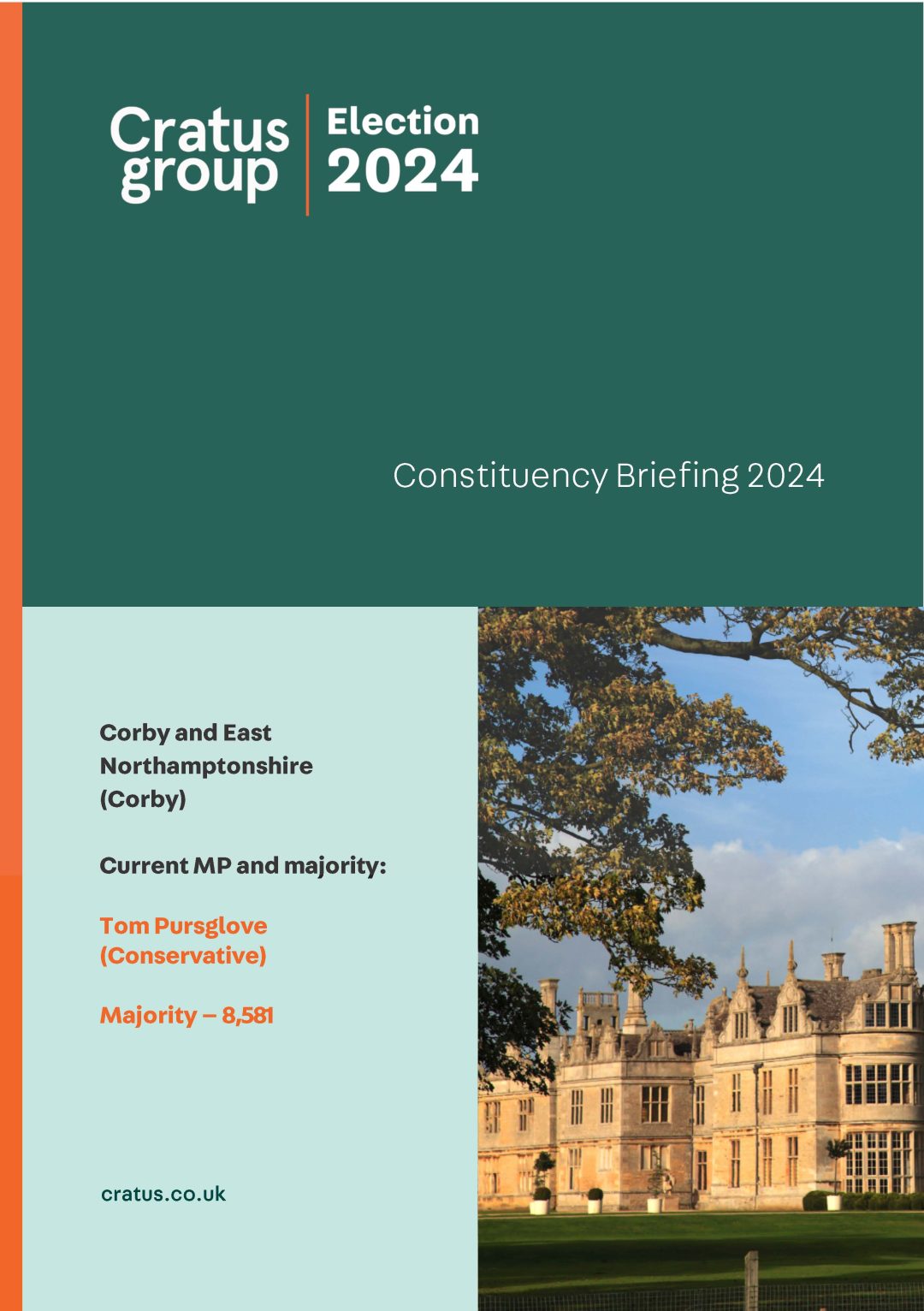Industrial Strategy Vs Industrial Revolution
After some anticipation, although not as much as our continued anticipation for the delayed Housing White Paper, Theresa May launched the Government’s Industrial Strategy Green Paper on 23 January. Alongside Greg Clark’s Department for Business, Energy & Industrial Strategy (DBEIS), No.10 released their Building our Industrial Strategy Green Paper with a Prime Ministerial speech championing a new Plan for Britain. Within the consultation paper, 10 strategic pillars outlined with some brevity the direction of travel. In 332 words, the pillars of industrial strategy come in at just over twice the length of HM Government’s Bill to trigger ArticleS 50 and each a little more than a 140-character tweet. Perhaps a pattern is emerging in 2017.
The Government’s aim is to establish a long-term industrial strategy. This will be achieved, it proposes, by providing a policy framework against which confident investment decisions can be made. Full development of the strategy should, the Government outlines, take place with innovators, investors, job creators, workers and consumers across the British Isles. As an afterthought, devolved administrations and local councils are also invited to work together with central government to develop joint plans.
An industrial strategy is not to be confused with an industrial revolution. Nor in its current form could this Green Paper incite one. This was never going to be a nod to a fourth revolution or have the depth to recapture our imagination like a Danny Boyle Isle of Wonder homage to an industrial revolution growing before our very eyes. A newly formed No.10 and a reconstructed DBEIS have had little time to fully engage in the dialogue required to add complexity into what are 10 very basic principles.
There is nothing new in the preliminary strategy and disappointingly, a mere handful of references to local councils appear across 132 pages of the fuller report. Place is the buzzword this time round with almost one mention for every page of the report.
The responses to this Green Paper consultation, which closes on 17 April, must argue for greater local input, more devolved powers and promotion of bottom-up approaches within the industrial sectors. To truly change the way the country works will take new ideas, ones we haven’t heard before or rehashed in policy frameworks. The Government’s approach is still one of centralisation. One need only examine the language to determine what little input local government representatives had in the drafting.
For example, the government will invite local councils and mayors to work together with government to develop joint plans and they will work with local government to review how to bring business expertise into local authorities through the creation of an Alderman type role within the sector. Government will explore further devolution deals where they will increase economic growth, in a clear signal of belief in local leaders and communities to control of their economic destiny.
Government must not risk complicating already well established local government roles. Instead it should work with local leaders to devolve skills and ability to determine local approaches to investment and public services that supports growth. And that’s without considering 2017’s batch of ambitious candidates fighting mayoral races in Cambridgeshire and Peterborough, Greater Manchester, Liverpool City Region, Tees Valley, West Midlands, and West of England.
Newly elected mayors will have a mandate to establish trade links in post-Brexit Britain. Elected mayors will want to move away from central government’s reliance on bilateral deals and place more focus on local partners who better understand the regional growth in a political landscape of policy shaped by local decision making. Councils understand regional economic geographies and the need to work with the private sector, with business leaders, service providers and neighbouring local authorities. Local government acknowledges regional disparities because they have lived in the harsh reality of funding cuts and have worked at some length to address the imbalance. Long term collaborative public and private sector partnerships combined with a council’s steely determination and ambition will provide the kindling to spark a more realistic revolution within local government in 2017.








